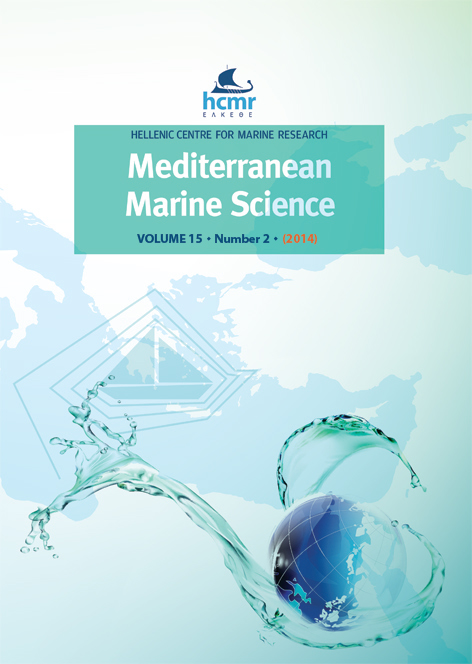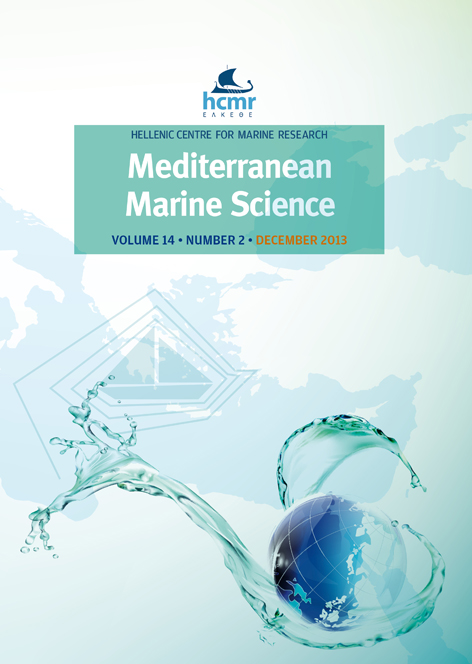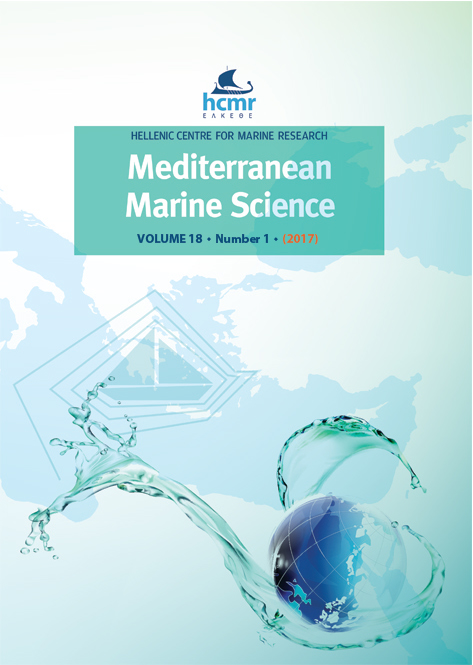Reproductive aspects of the velvet belly lantern shark Etmopterus spinax (Condrichthyes: Etmopteridae), from the central western Mediterranean sea. Notes on gametogenesis and oviducal gland microstructure.

Abstract
In this paper, the reproductive biology of the velvet belly lanternshark Etmopterus spinax was analyzed in Sardinian waters (central western Mediterranean). This species was sexually dimorphic with females growing to a larger size than males. Marked sexual dimorphism in size was also observed along the vertical gradient. Histological analysis of gonads was very useful in assigning macroscopical maturity stages. The investigation on the microstructure of oviducal gland (OG) highlighted four morphofunctional zones with mucous and/or proteic secretions according to the zone and to their specific functions and development. Sperm in the OG was found for the first time in E. spinax. The localization of sperm storage tubules deeper in OG suggested long-term sperm storage, which is in agreement with the long reproductive cycle described. This species matured late, specifically at 80.7% and 79% at the maximum observed size for females and males respectively. Mature specimens were found throughout the year with pregnant females observed in winter and autumn. A low fecundity was observed with a mean ovarian fecundity of 16.5 mature follicles.
Article Details
- How to Cite
-
PORCU, C., MARONGIU, M. F., FOLLESA, M. C., BELLODI, A., MULAS, A., PESCI, P., & CAU, A. (2013). Reproductive aspects of the velvet belly lantern shark Etmopterus spinax (Condrichthyes: Etmopteridae), from the central western Mediterranean sea. Notes on gametogenesis and oviducal gland microstructure. Mediterranean Marine Science, 15(2), 313–326. https://doi.org/10.12681/mms.559
- Issue
- Vol. 15 No. 2 (2014)
- Section
- Research Article
Authors who publish with this journal agree to the following terms:
- Authors retain copyright and grant the journal right of first publication with the work simultaneously licensed under a Creative Commons Attribution Non-Commercial License that allows others to share the work with an acknowledgement of the work's authorship and initial publication in this journal.
- Authors are able to enter into separate, additional contractual arrangements for the non-exclusive distribution of the journal's published version of the work (e.g. post it to an institutional repository or publish it in a book), with an acknowledgement of its initial publication in this journal.
- Authors are permitted and encouraged to post their work online (preferably in institutional repositories or on their website) prior to and during the submission process, as it can lead to productive exchanges, as well as earlier and greater citation of published work (See The Effect of Open Access).







